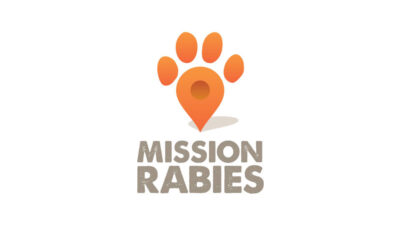Researchers at the Royal Veterinary College (RVC) have revealed the frequency and risk factors for canine haemangiosarcoma – a fast-growing and often fatal cancer in dogs. The findings of this study support a better understanding of the risk factors for canine cancers, especially in relation to dog breeds, and will help veterinarians and owners determine the best course of care.
Haemangiosarcoma is a rapidly developing cancer of the blood vessels that most often affects older dogs. Due to often advanced stage diagnoses, the disease carries extremely poor survival rates, with many owners and first-opinion vets faced with the heartbreaking decision to consider euthanasia.
As the first study of canine haemangiosarcoma to assess cases sourced only from dogs under primary care practice in the UK, the RVC’s VetCompass team used data from more than one million dogs to analyse the electronic health records of dogs aged at least five years, which were under primary veterinary care during 2019. This involved reviewing these records and assessing the frequency and risk factors for diagnosis of haemangiosarcoma, including breed, age, bodyweight, sex/neuter status, socioeconomic status and whether they were in an urban or rural location.
Collaborating with colleagues from the Morris Animal Foundation’s Golden Retriever Lifetime Study, the RVC’s cancer epidemiology team comprised Professor David Brodbelt, professor of evidence-based veterinary medicine; Dr Dan O’Neill, associate professor in companion animal epidemiology; Dr College Taylor, cancer epidemiologist; Dr Georgie Barry, canine epidemiologist; and Dr Sandra Guillen, senior lecturer in veterinary oncology. Working together, the researchers found that the risk of haemangiosarcoma is strongly influenced by breed, with the breeds with the highest odds being the Dogue de Bordeaux (9.5x); Flat Coated Retriever (8.3x); German Shepherd (6.3x); and Hungarian Vizsla (5.5x).
Additionally, age and bodyweight are important risk factors, with dogs aged between 11 to 13 years more than twice as likely to be diagnosed with the disease, and dogs weighing more than 37.5kg more than four times at risk than those weighing between 7.5kg and 15kg.
Other key findings include that:
- The average age of dogs at least 5 years old at first diagnosis of haemangiosarcoma was 10.5 years
- The average bodyweight of dogs diagnosed with haemangiosarcoma was 26.4kg
- Neutered females and neutered males were at a slightly increased risk of haemangiosarcoma diagnosis compared to entire females; however, the reason why is not clear
- Dogs attending clinics in the least deprived areas of the UK had 1.7x the odds of haemangiosarcoma diagnosis compared to those attending clinics in the most deprived areas. This is likely associated with access to veterinary care in order for dogs to be diagnosed
- Dogs from clinics in mixed urban/rural areas had slightly lower odds of clinical haemangiosarcoma diagnosis (0.7x the odds) compared to those from urban clinics; however, the reason why is unclear
Dr Georgie Barry, canine epidemiologist at the RVC, and lead author of the paper, said: “Haemangiosarcoma can be a challenging cancer to confidently diagnose in first opinion practice when timing is of the essence. Dogs often present very unwell and it can be an incredibly emotional and distressing time for owners to make big decisions over their dog’s care. We hope these findings will support first opinion vets in guiding diagnoses to support owners and provide the most appropriate care for their canine patients in a timely manner.”
This study was funded by the Morris Animal Foundation. The full article can be accessed here.






